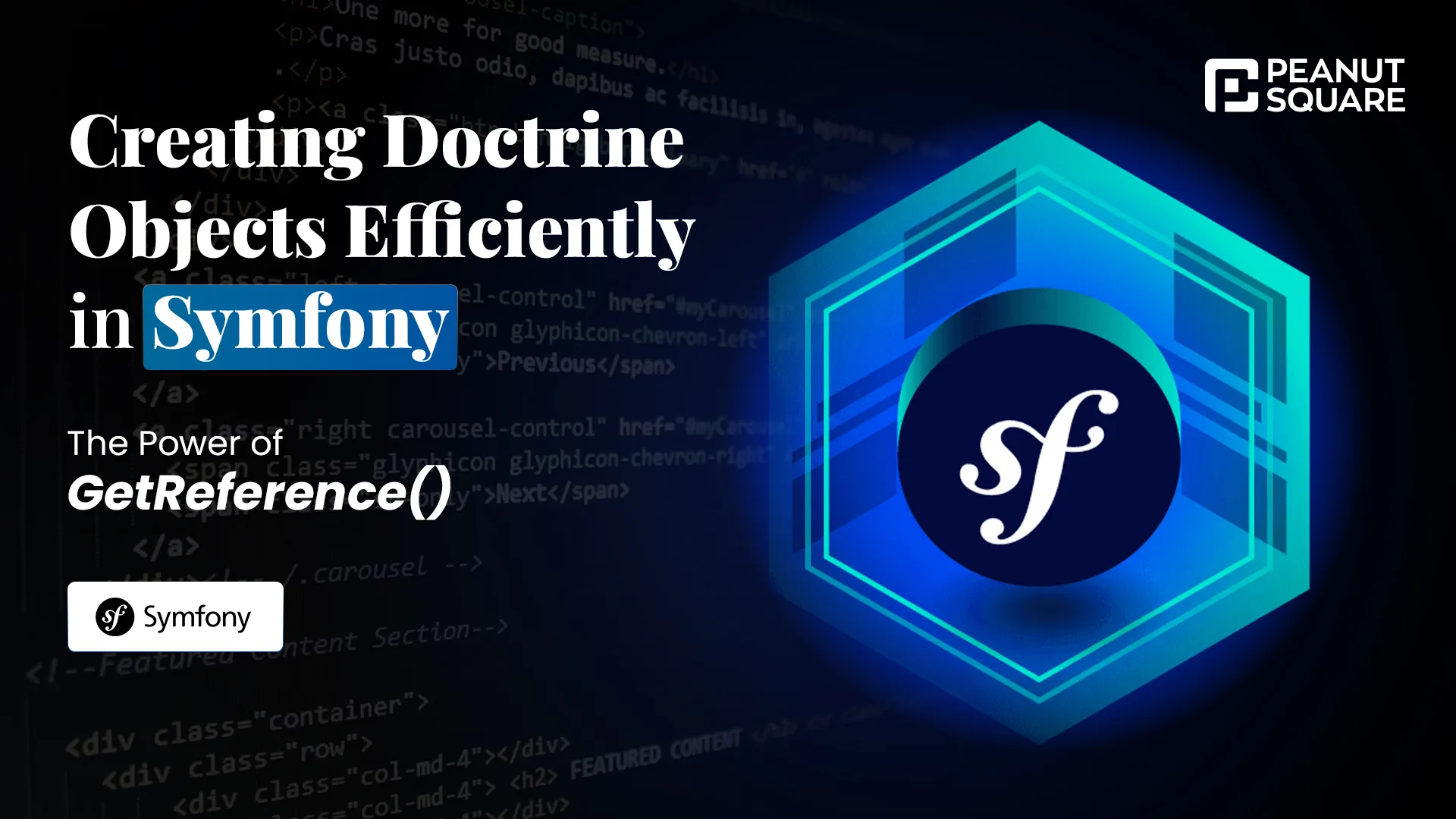Creating Doctrine Objects Efficiently in Symfony: The Power of getReference()

29 December
In the world of Symfony development, optimizing performance is a key concern. Unnecessary database queries can slow down your application and impact user experience. Fortunately, Doctrine provides a powerful tool to address this: the getReference() method. Let’s explore how it can help you create objects efficiently without always relying on database lookups.
Understanding getReference()
- Purpose: Creates a proxy object representing an entity with a given ID, but without loading its details from the database.
- Advantages:
- Avoids potentially expensive database queries.
- Enhances performance, especially in scenarios where you only need the entity’s ID for association purposes.
Example Usage:
PHP
$categoryId = 123;
$entityManager = $this->getDoctrine()->getManager();
$category = $entityManager->getReference('AcmeBundle:Category', $categoryId);Key Points:
$categorynow holds a proxy object representing the Category entity with ID 123.- No database query has been executed yet.
- Attempting to access other properties of
$categorywill trigger a database lookup at that time.
Common Use Cases:
- Associations: Establishing relationships between entities without loading full entity details.
- Form Submissions: Referencing entities in forms without unnecessary data retrieval.
- Performance Optimization: Delaying database queries until truly needed.
Best Practices:
- Use
getReference()when you only need the entity’s ID for association or reference purposes. - If you require full entity data, use
find()or explicit queries for loading. - Be mindful of potential lazy loading issues when accessing properties of proxy objects.
Conclusion:
By mastering the getReference() method, you can boost the efficiency of your Symfony applications and reduce database load. This technique is a valuable asset for any Symfony developer seeking to create objects effectively while optimizing performance.






